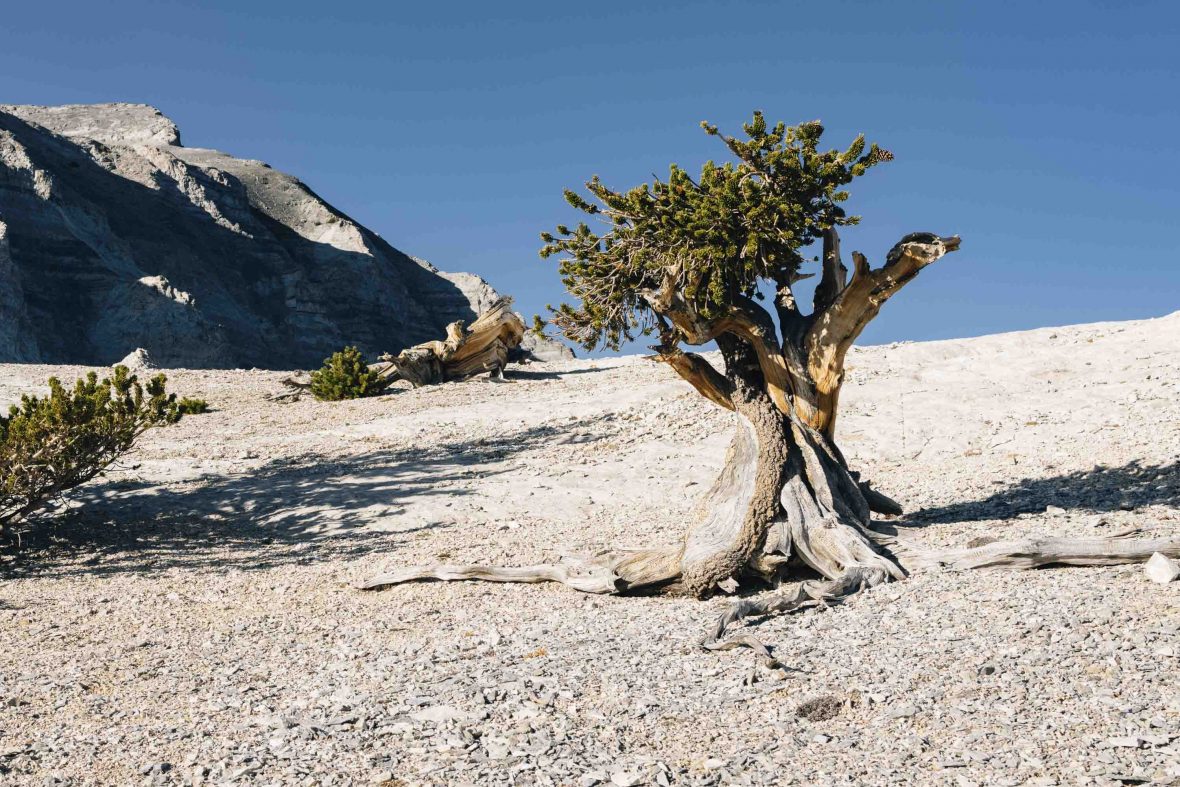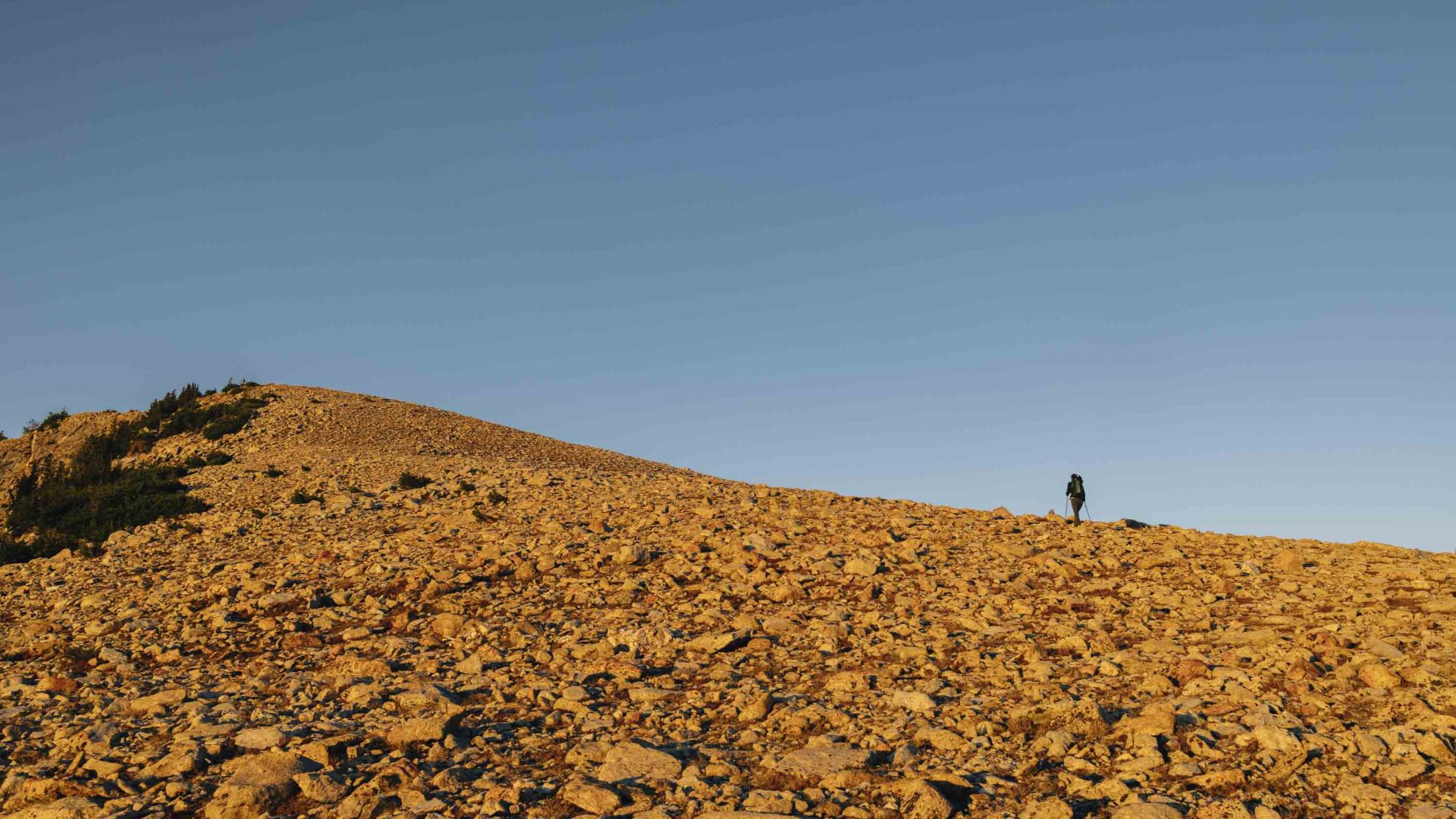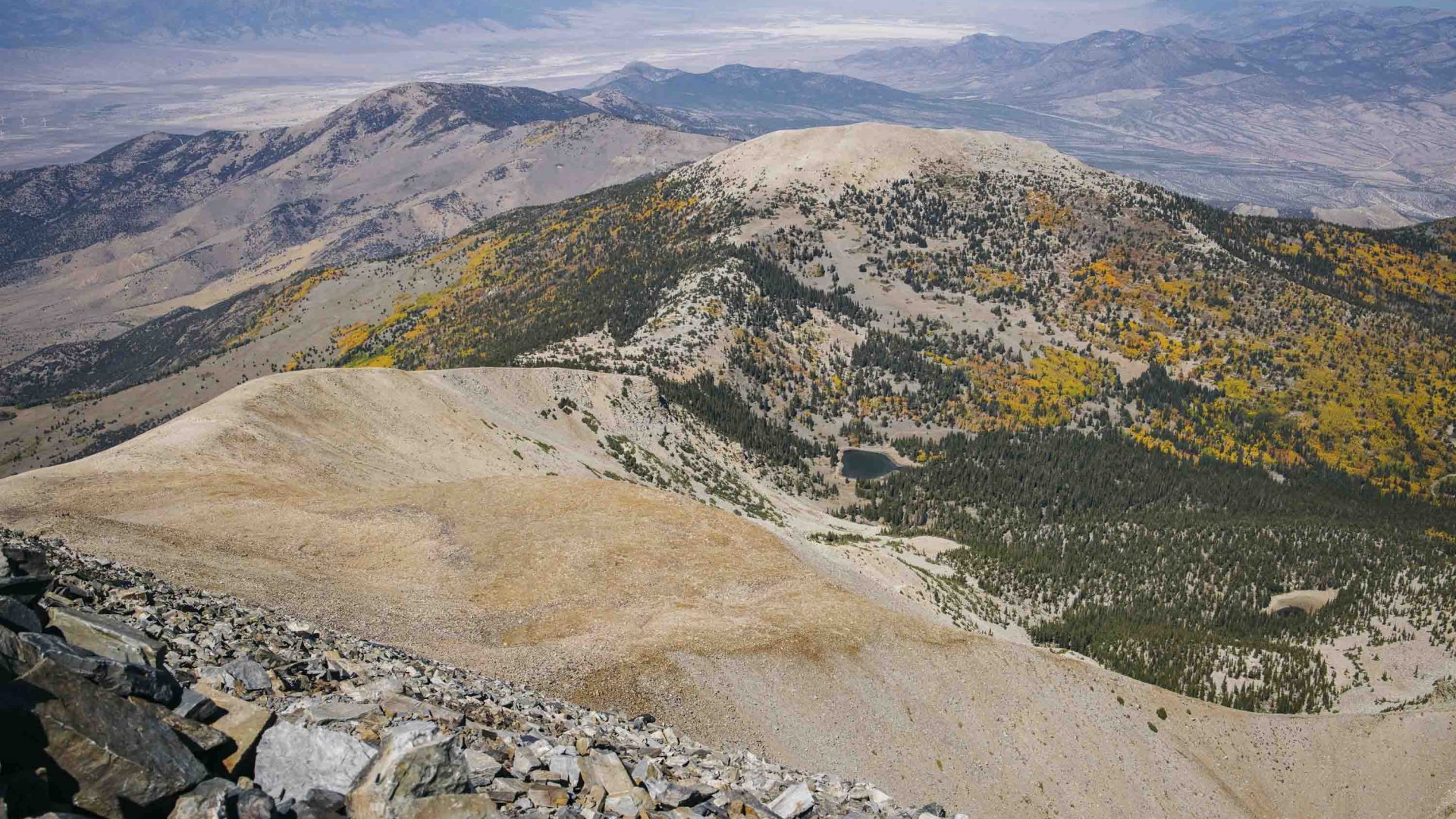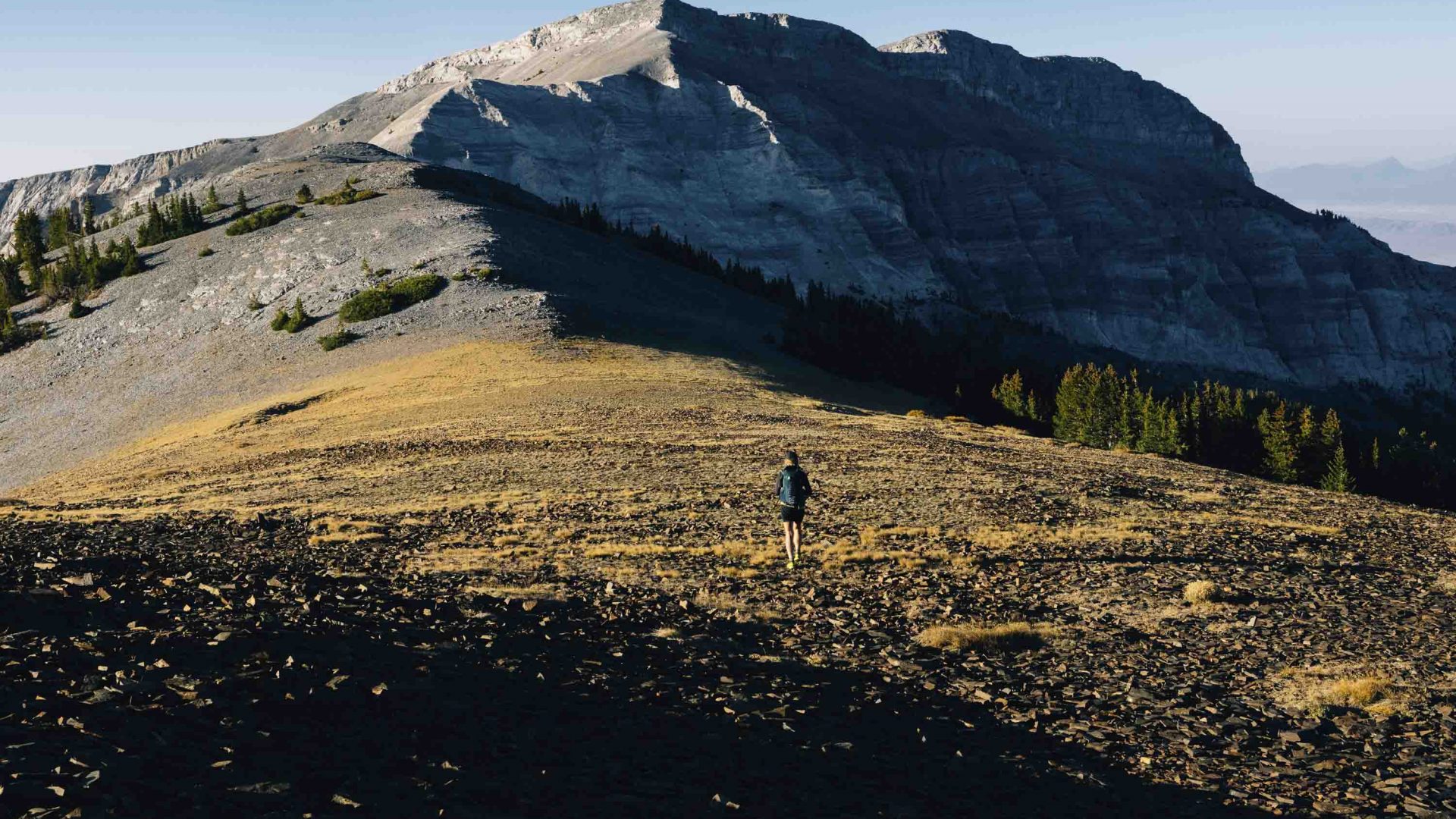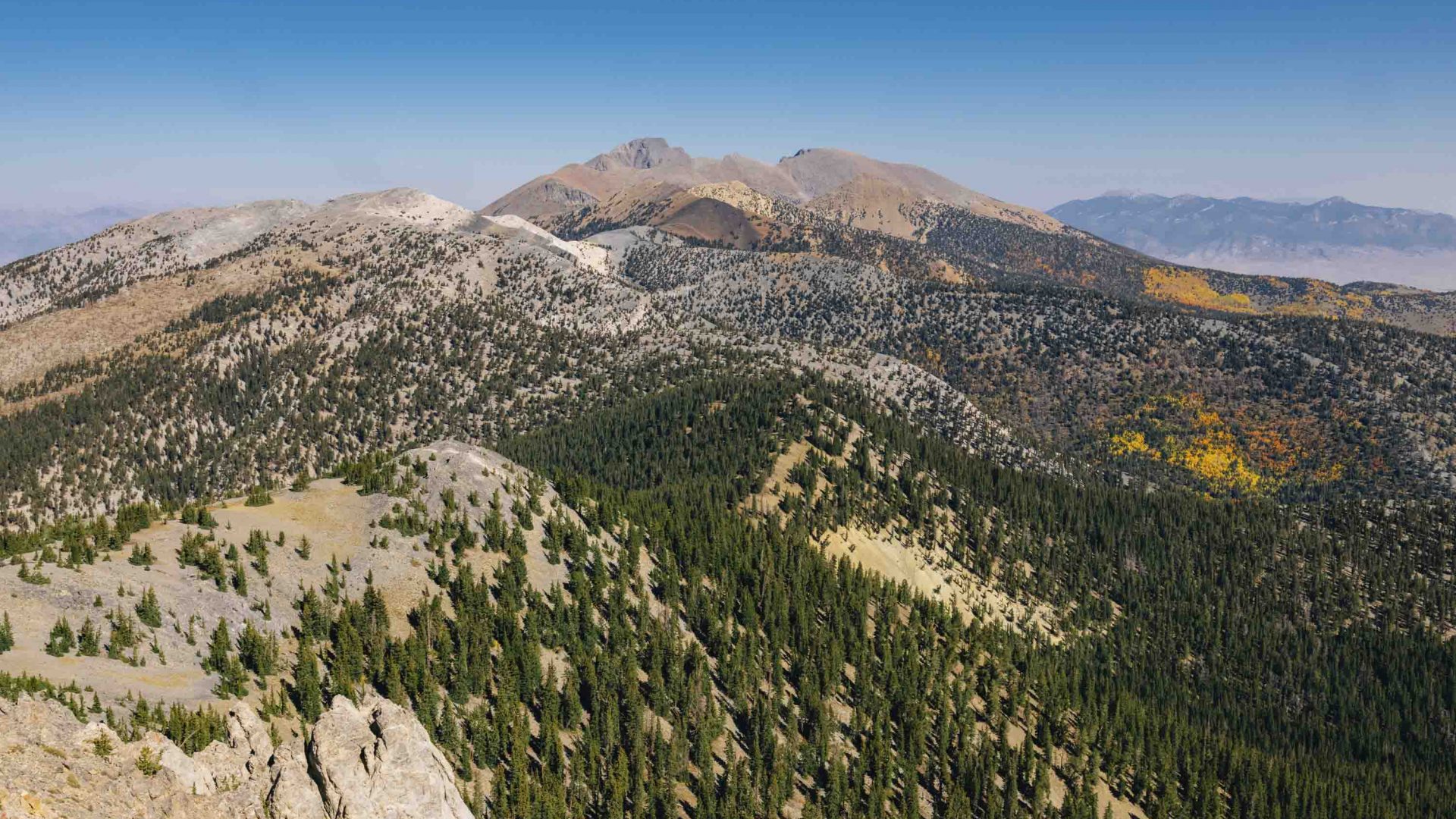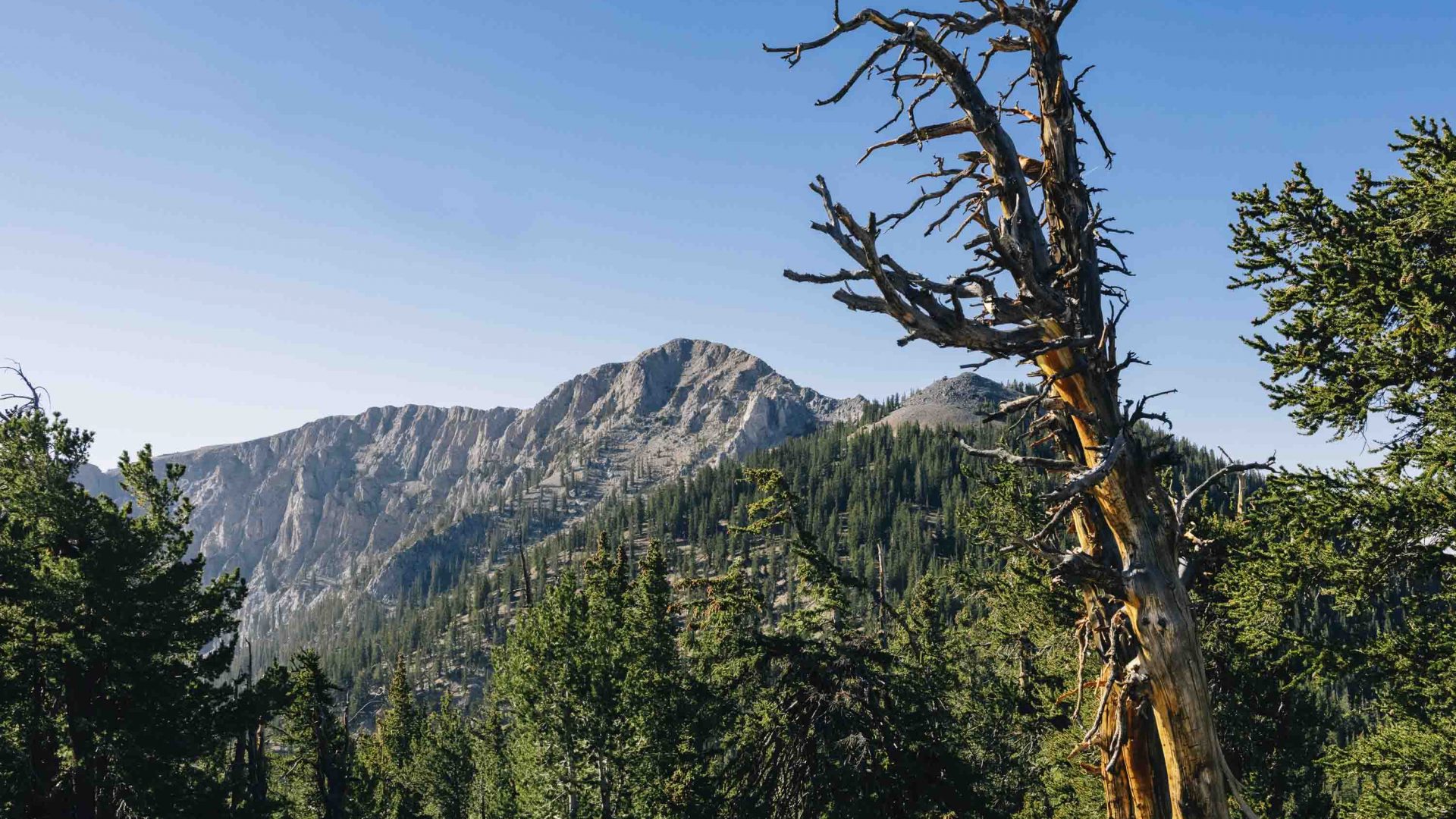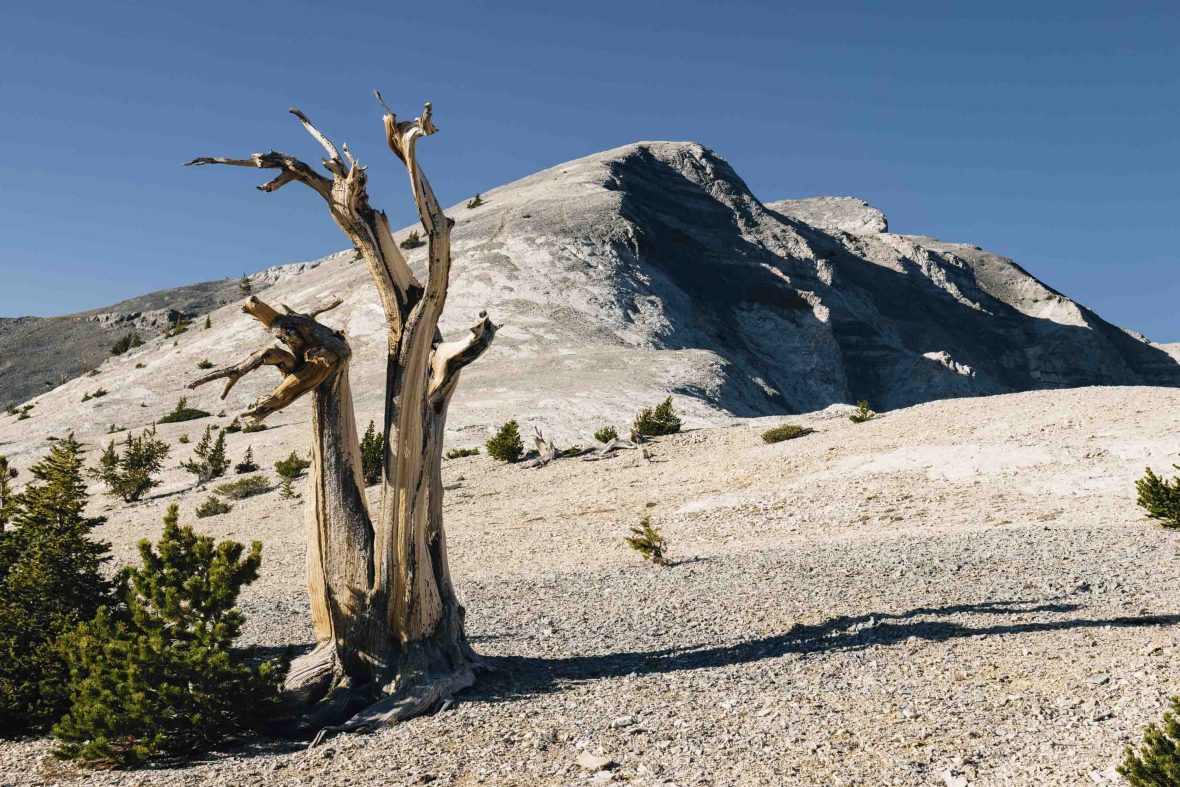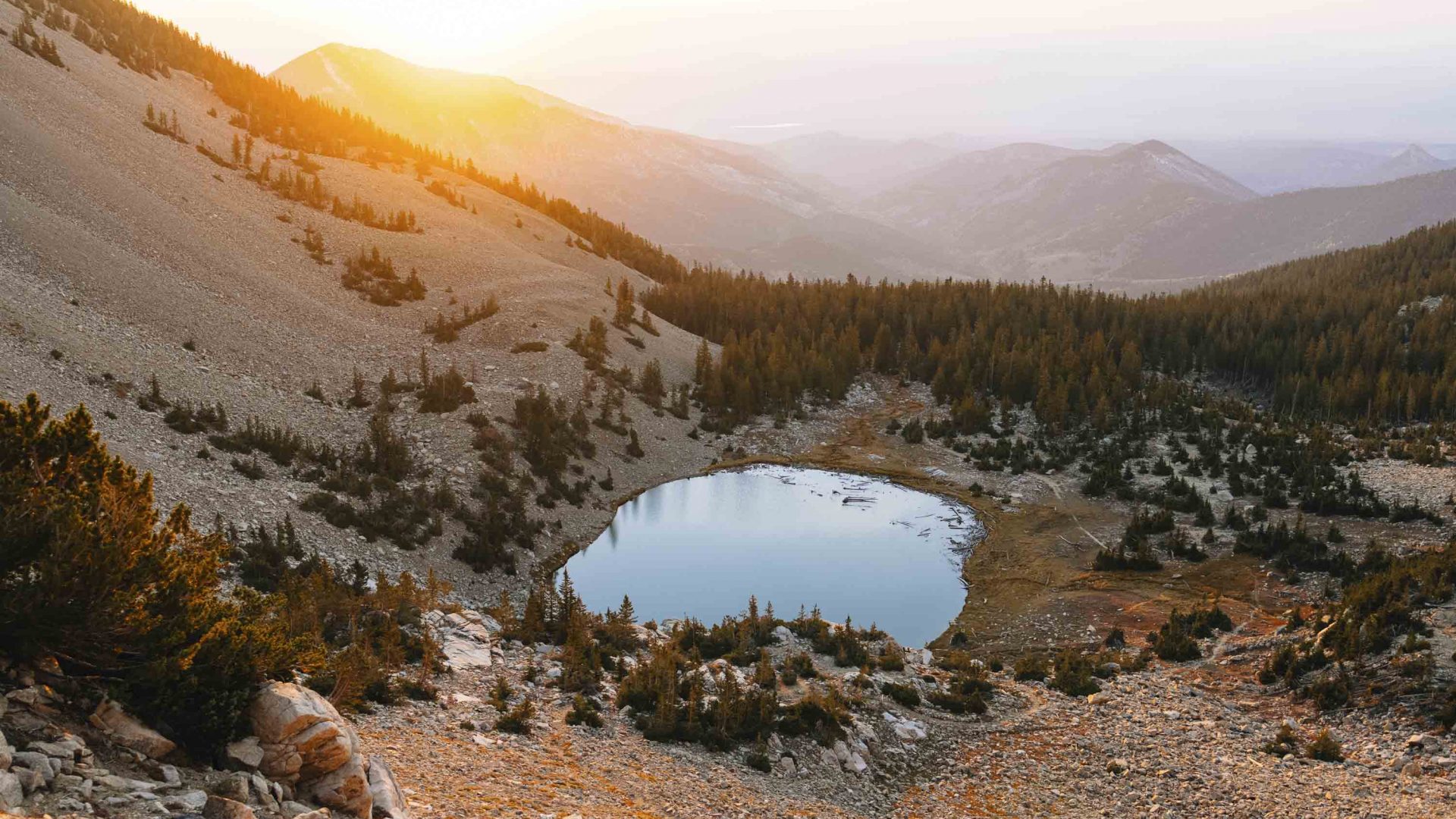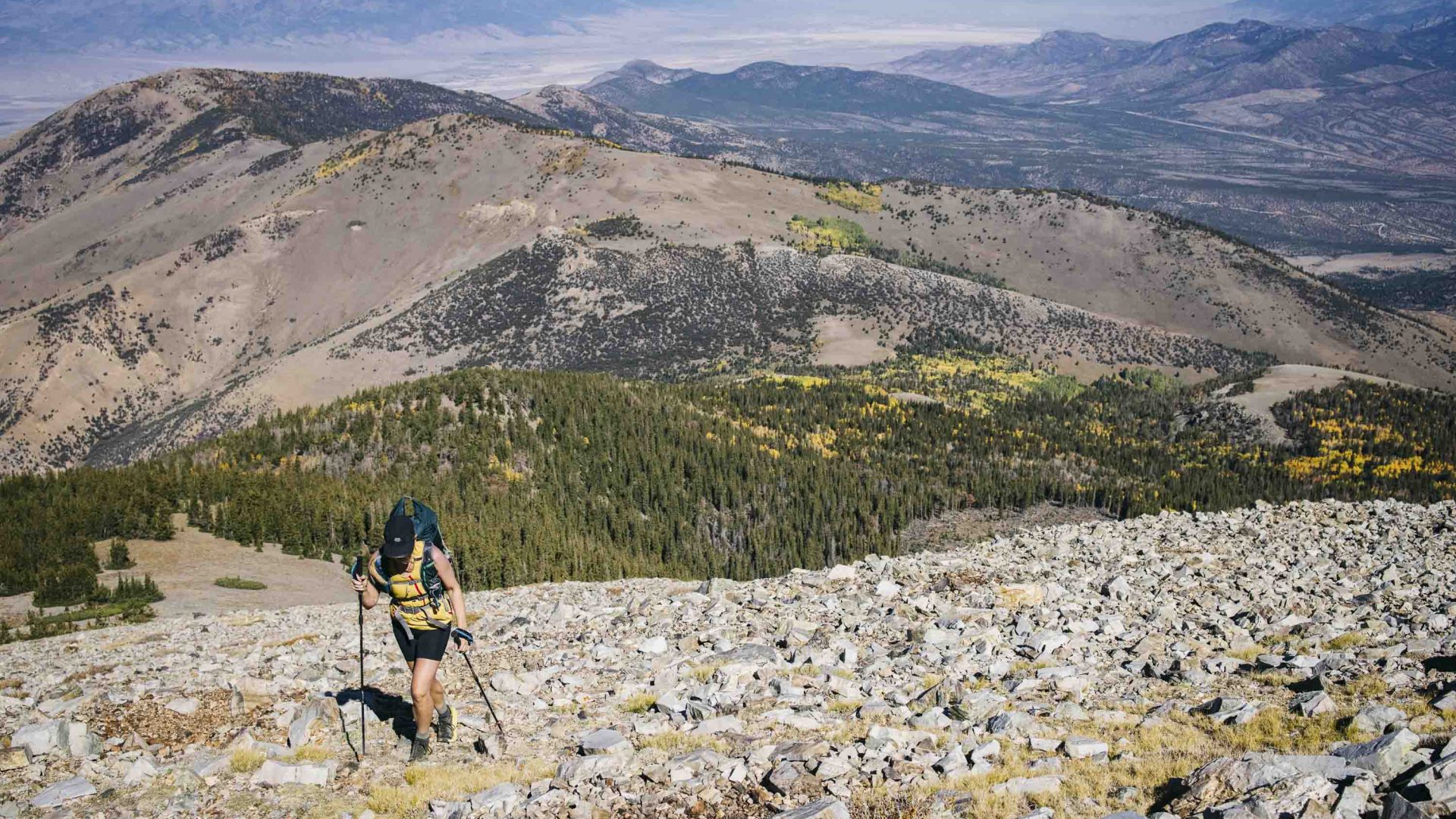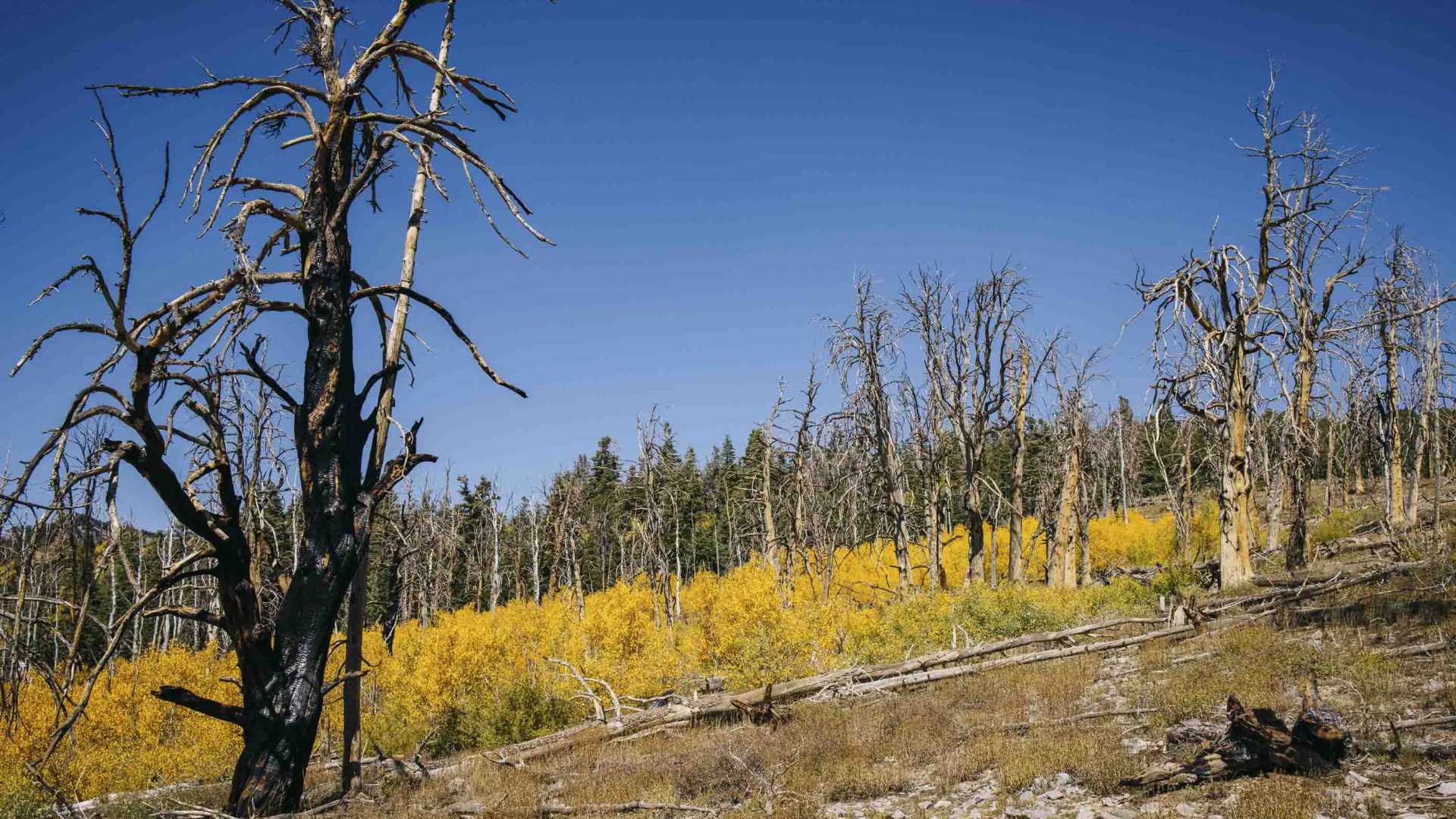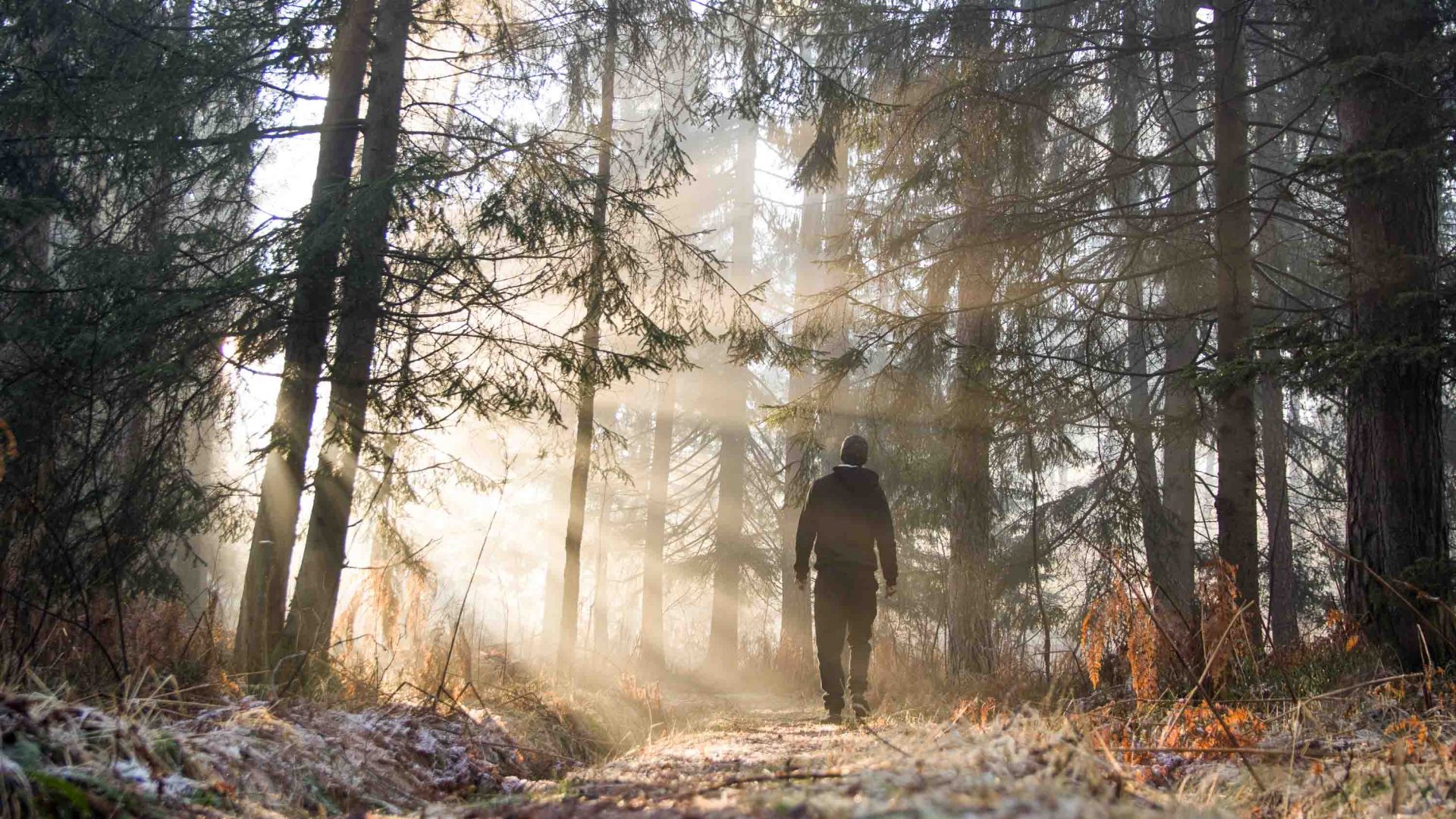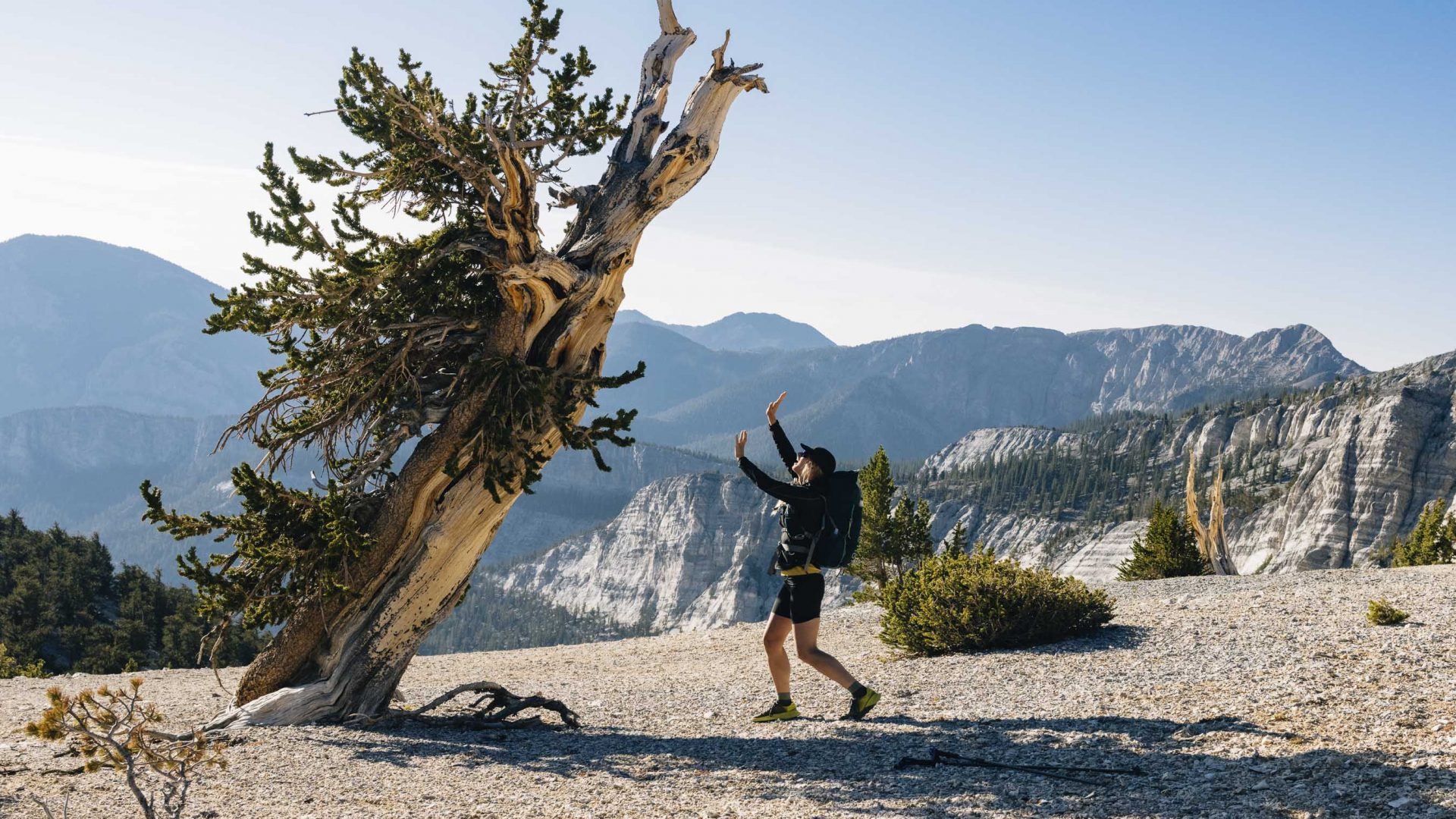
The older you get, the more loss, knowledge and memory take on new significance. I contemplated that—plus a few other things—while roaming lonely lands among the oldest living organism on the planet: Bristlecone pine trees.
Donald Currey never forgave himself.
In 1964, standing on the gravelly crest of the 13,065-foot Wheeler Peak in Nevada, the then-30-year-old graduate student surveyed the stout, gnarled trees that stood around him. He had come all the way from North Carolina to this obscure ridgeline that juts into the Nevadan sky with a special grant to research prehistoric climate change through a very special, exceedingly rare medium: Bristlecone pine trees.
After reading the article ‘Bristlecone Pine, Oldest Known Living Thing’ in National Geographic by Edmund Schulman in March 1958, Currey pieced together the species’ ability to tell the ancient climate history that no human could.
Schulman had been the right-hand to Andrew Ellicott Douglass, the founder of the University of Arizona’s Laboratory of Tree-Ring Research. Douglass was the first known person to discover tree-ring dating, aka dendrochronology, and use it as a tool to exhume the record of climate events past. It was a bit of happenstance, but Douglass saw matching ring patterns in trees from his home in Arizona. Wider rings were present in all trees during a recent rainy year, and narrower rings during years of drought.
Needless to say, Donald Currey was fascinated with Schulman’s findings. He wondered: What could we discover about the world if we had its oldest (and most reliable) climate record? Cue his hike up to Wheeler Peak, with an increment borer in hand.


